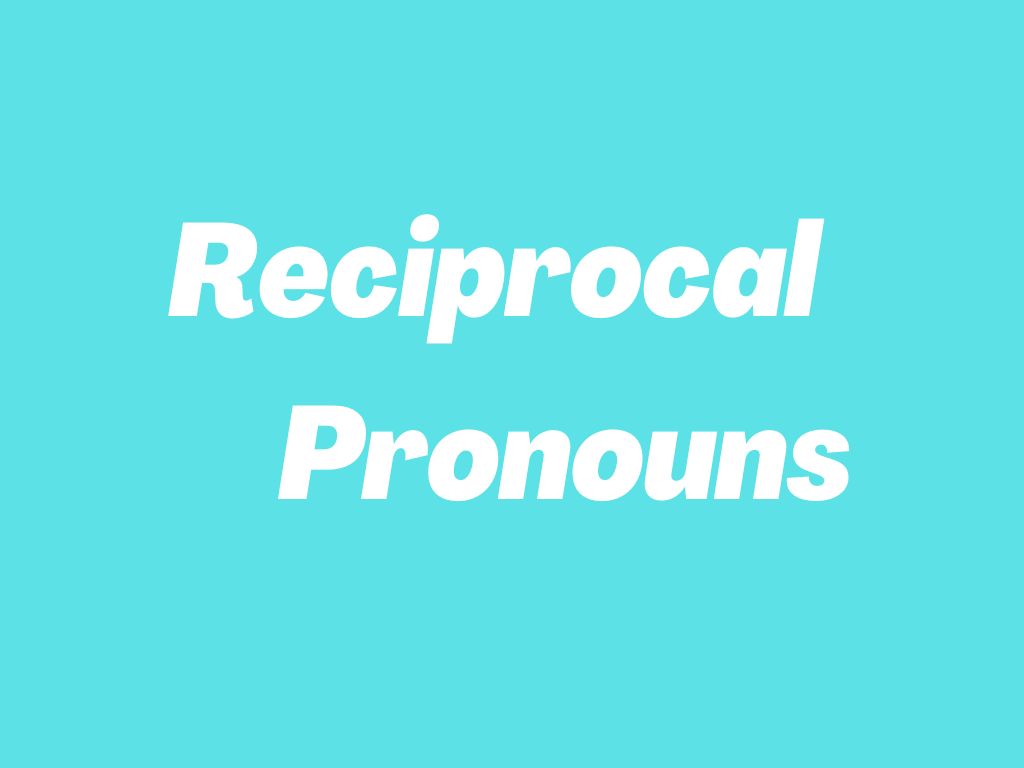

Reciprocal pronouns can be tricky in grammar, but mastering them is essential for effective communication. This guide will cover the rules for using reciprocal pronouns correctly, provide examples of their usage in simple and complex sentences, give exercises for practicing reciprocal pronouns, and explain how to teach them in ESL lessons.

Reciprocal pronouns are words that are used to indicate a mutual relationship between two subjects or objects. "Each other" and "one another" are the only two reciprocal pronouns in English. Here are some rules to follow when using them:
Tip: Unlike other pronouns, reciprocal pronouns make only grammatical sense when used as objects. This means reciprocal pronouns are only used as the subject of a sentence, clause, or phrase. For example:
“Laura and Eddie are friends. They smiled at each other.” (Correct)
“Laura and Eddie are friends. Each other smiled at them.” (Incorrect)
To help better understand how to use reciprocal pronouns, here are some examples of them in sentences:
Here are some exercises that can be used to practice using reciprocal pronouns correctly:
Teaching reciprocal pronouns to ESL students can be challenging. The first tip is to use visual aids, such as pictures or videos, to help students understand the concept of reciprocal actions. Another tip is to provide examples of sentences using reciprocal pronouns and have students identify them. The third exercise is to have students practice writing and saying sentences with reciprocal pronouns using real-life examples. And lastly, use games or activities to make learning fun!
Reciprocal pronouns can be used in complex sentences to convey more complex ideas. Here are some examples:
To wrap it up, mastering reciprocal pronouns is essential for effective communication. By following the rules, avoiding common mistakes, and practicing with exercises, every student and learner can become confident in using them correctly. So go ahead and start mastering those reciprocal pronouns today!
Data: March 26th, 2023
 Rob
Rob